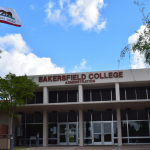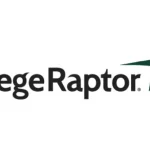In the ever-evolving landscape of higher education, embracing technological advancements is crucial to delivering an exceptional learning experience and supporting student success. The advent of AI-powered solutions has opened up incredible opportunities for higher education institutions to enhance student experiences, streamline processes, and support staff efforts — and higher education chief intelligence officers (CIOs) are at the center of this movement.
Ocelot’s recently released 2024 Higher Education CIO Trends Report provides invaluable insights into over 100 higher education CIOs’ perspectives on the potential of AI in transforming education, as well as their top priorities, barriers to achieving success, and how they are working to overcome key challenges. In this blog, we’ll explore the key findings of the report and delve into the benefits and possibilities that AI brings to higher education.
Challenges Faced by CIOs
The report highlights a myriad of challenges faced by CIOs in higher education institutions. These challenges include resource constraints, employee retention, lack of funding, and a complex web of systems due to the proliferation of Software as a Service (SaaS) applications across campus. It is revealed that 65% of higher education CIOs have experienced “tech creep” in the past 4-5 years, leading to the inability to effectively support and use applications, stretched budgets, and redundant systems.
Furthermore, the emergence of AI-powered applications has added pressure on CIOs, as they are tasked with determining the best ways to protect intellectual property and student data while managing compliance and policy.
Digital Student Experience as a Key Priority
One of the most significant takeaways from the report is the emphasis on the importance of a positive digital student experience. CIOs overwhelmingly agree (85%) that enrollment and retention heavily depend on a positive and seamless digital experience. The findings reveal that a positive digital student experience is central to meeting Key Performance Indicators (KPIs) in higher education institutions. As a result, CIOs are committed to improving the day-to-day lives of students as a critical component of addressing declining enrollment and retention.
Siloed Systems and the Need for Integration
The 2024 Higher Education CIO Trends Report sheds light on the prevalence of siloed systems and communications in higher education institutions, which are identified as major hurdles in delivering a single, cohesive experience for students. A staggering 66% of CIOs state that systems and communications are siloed at their institutions, further compounding the challenges in delivering a consistent student experience.
In light of this, the report emphasizes the critical need for strategic integration, especially in the realm of AI. It is evident that CIOs recognize the paramount importance of integrating systems and technologies to enhance student success and drive improvements in enrollment and retention.
Want to gain access to all the data and insights from our 2024 Higher Education CIO Trend Report? You can download your copy free here!















